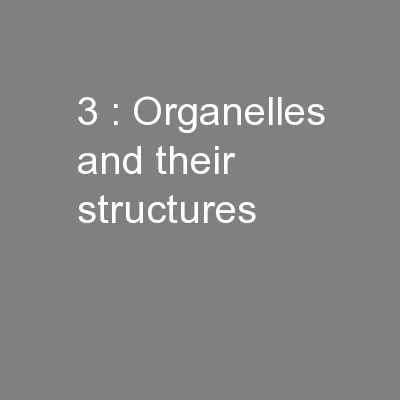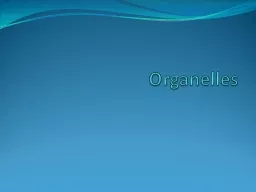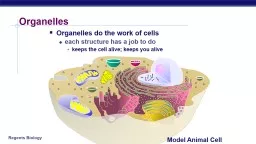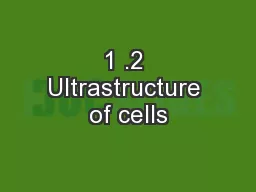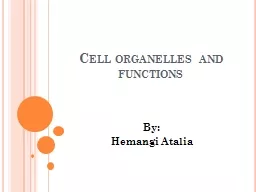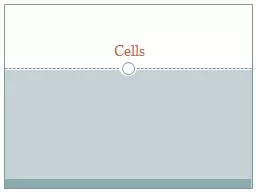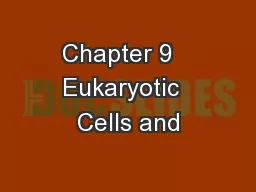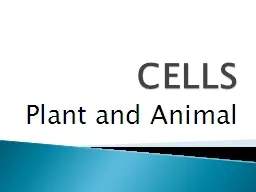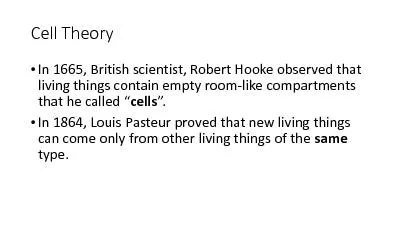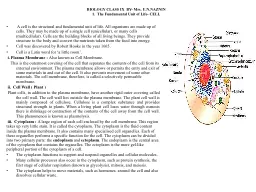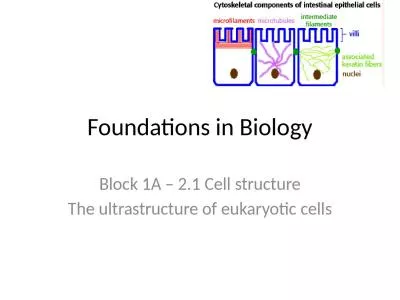PPT-3 : Organelles and their structures
Author : pamella-moone | Published Date : 2016-07-24
Lesson Objectives Describe the structure of an animal and prokaryotic cell AO1 C Starter RECAP from GCSE Draw amp label a typical plant and animal cell Cells
Presentation Embed Code
Download Presentation
Download Presentation The PPT/PDF document "3 : Organelles and their structures" is the property of its rightful owner. Permission is granted to download and print the materials on this website for personal, non-commercial use only, and to display it on your personal computer provided you do not modify the materials and that you retain all copyright notices contained in the materials. By downloading content from our website, you accept the terms of this agreement.
3 : Organelles and their structures: Transcript
Download Rules Of Document
"3 : Organelles and their structures"The content belongs to its owner. You may download and print it for personal use, without modification, and keep all copyright notices. By downloading, you agree to these terms.
Related Documents

